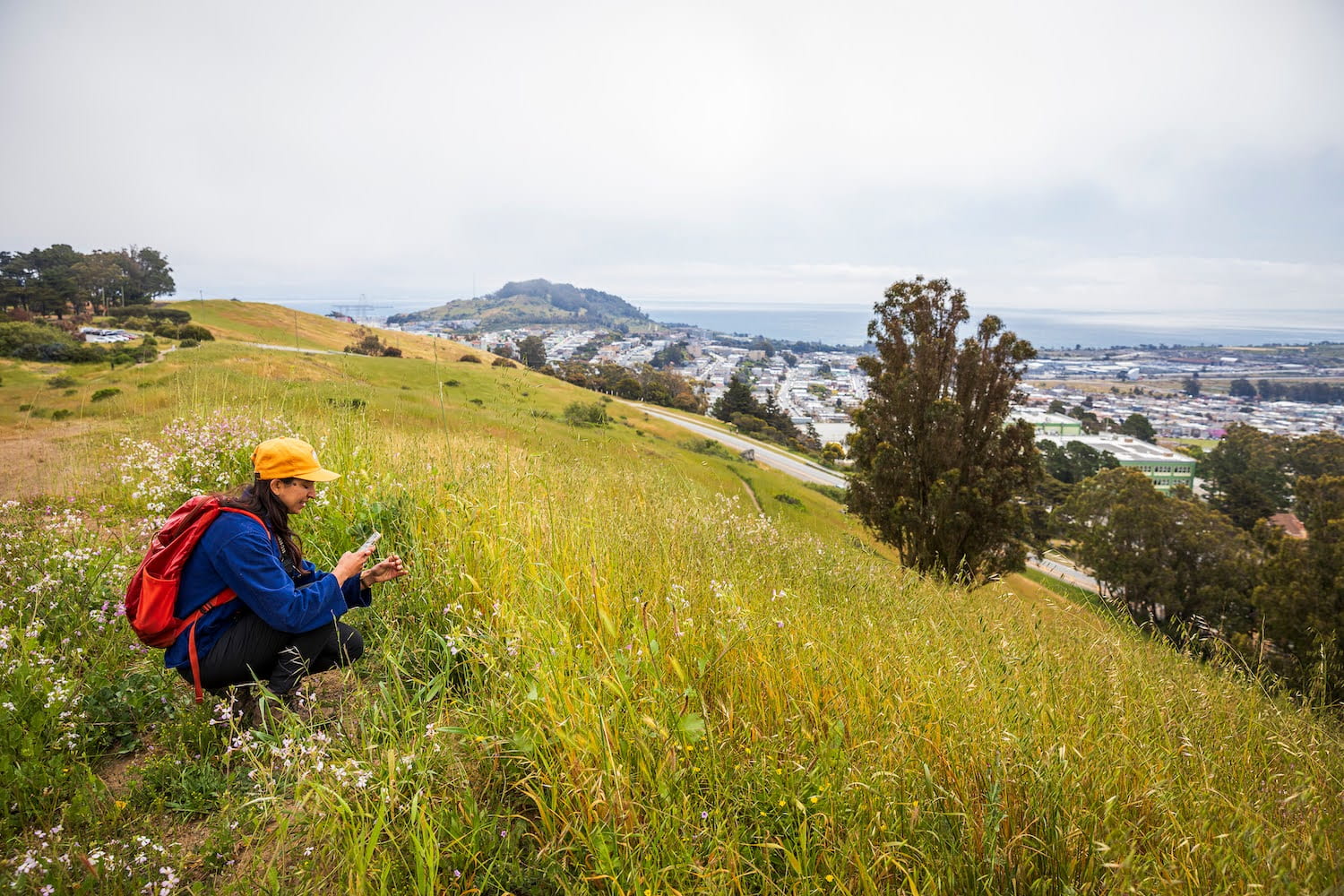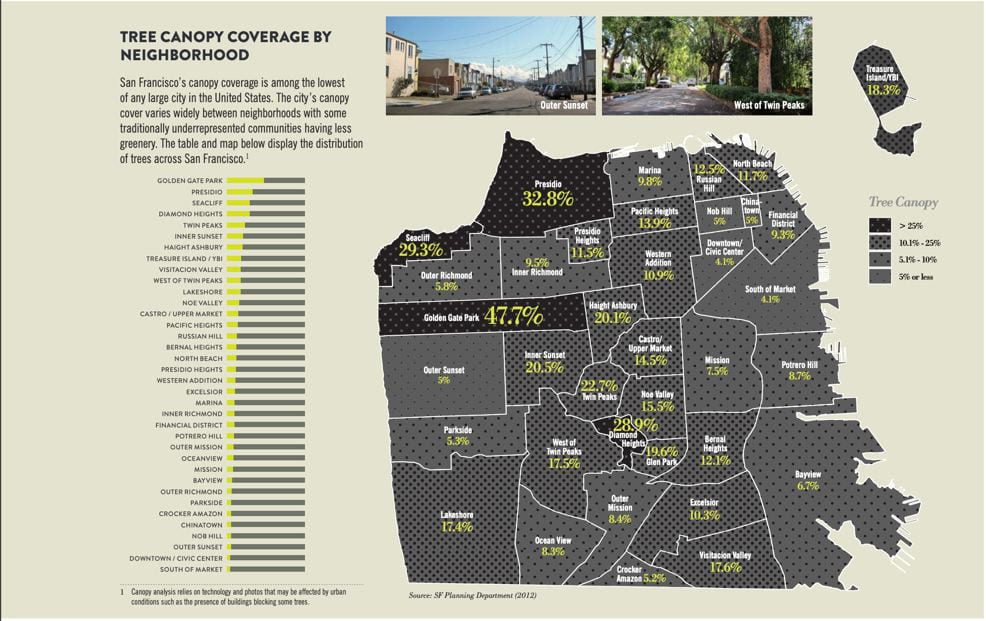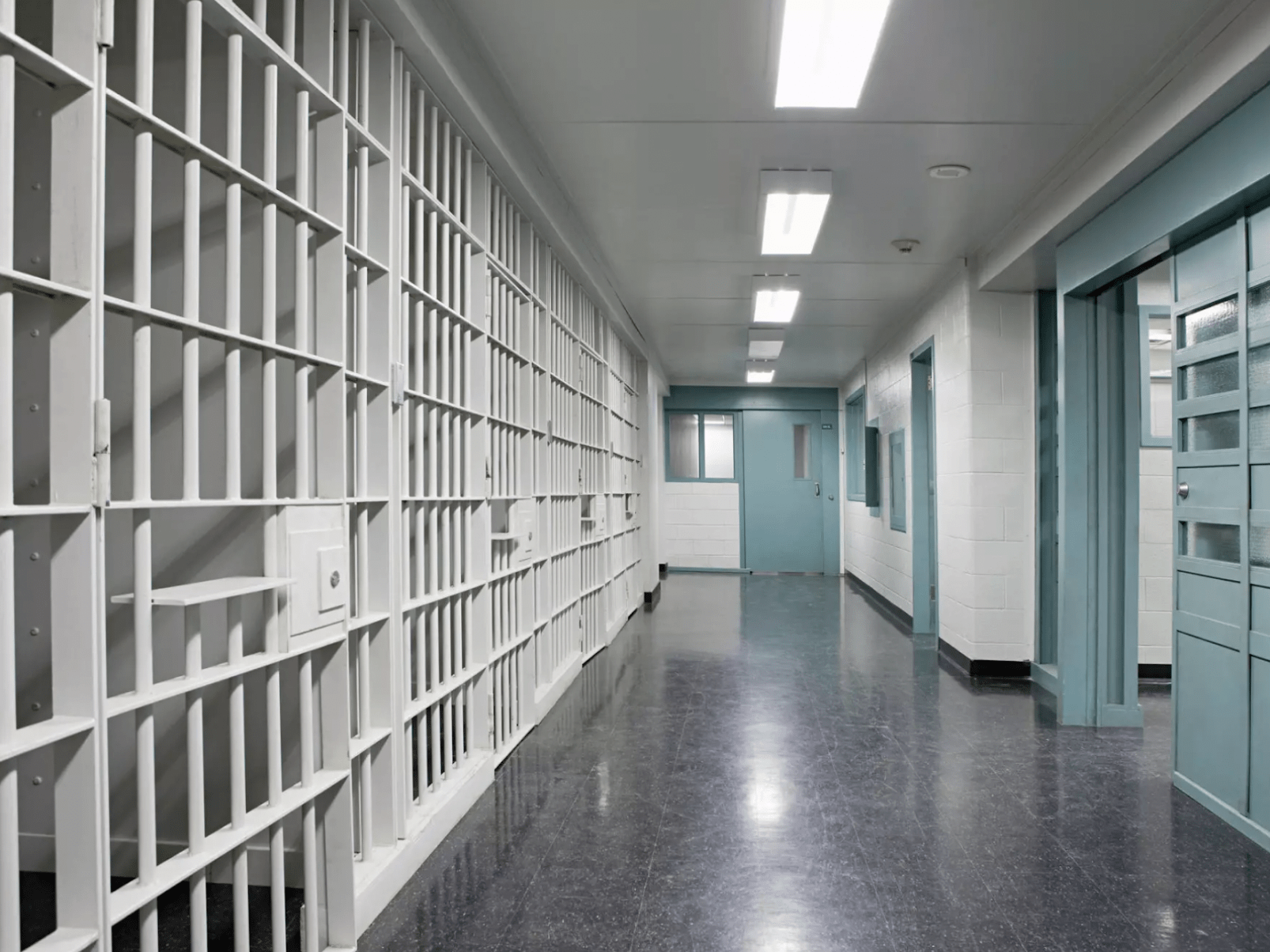Hostile landscaping: how the term sustainability can be misused as an excuse for exclusion
In many urban areas, homelessness is a prevalent and persisting issue, with many efforts in place to reduce the number of individuals on the street. Unfortunately, our society does not have the best system in place to rehabilitate and support those who are homeless. Rather, we continue to implement changes to our cities to exclude homeless individuals instead of supporting everyone in our community. Lately, hostile architecture has been implemented more and more into cities in response to homelessness. Hostile architecture is essentially where public spaces are altered to make community areas less comfortable and less desirable to be present in. An example of hostile architecture is how multiple handrails and dividers are being added to public benches so not only is it uncomfortable to sit down, but it is also impossible for a person to lay down in this space. These design changes in public spaces make it clear that we as a society lack the empathy and the courage to support all those in our community and would rather exclude certain people from public spaces to maintain a certain aesthetic.
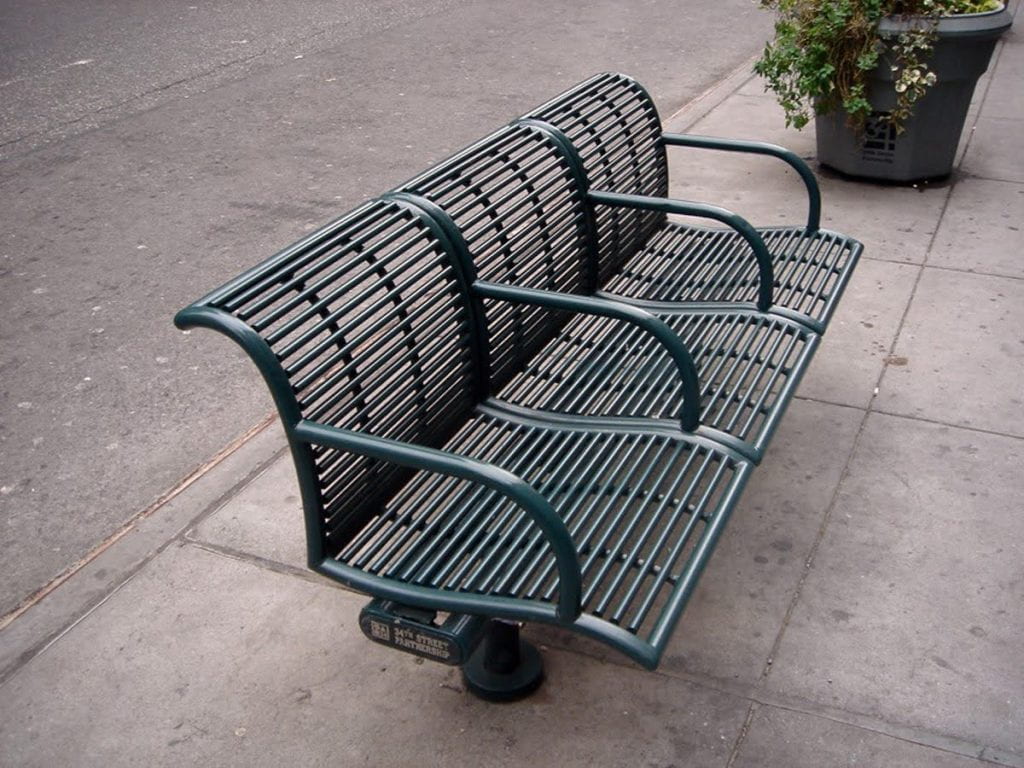
Living in San Francisco, especially downtown, it doesn’t take long before you spot an example of hostile architecture. From modified benches, to the addition of spikes and bumps to minimize flat spaces, these design choices are everywhere. Recently, I noticed something new downtown, an extension of hostile architecture that I like to think of hostile landscaping. Earlier this semester, I was walking downtown and stopped in front of a building with a large strip of cacti, succulents, and other sharp and prickly plants. None of the plants in front of me were native plants. Yes, it could be argued that they are drought tolerant and as California regularly experiences droughts, they are a sustainable choice, but I knew this was not the case. To me, this was hostile landscaping, where plants were being used to keep people away and exclude certain groups of people from this area. This deeply saddened me, as urban areas already struggle with providing sufficient green space. Why would green space, something that brings people together, ever be used as a way to target and exclude members of our community?
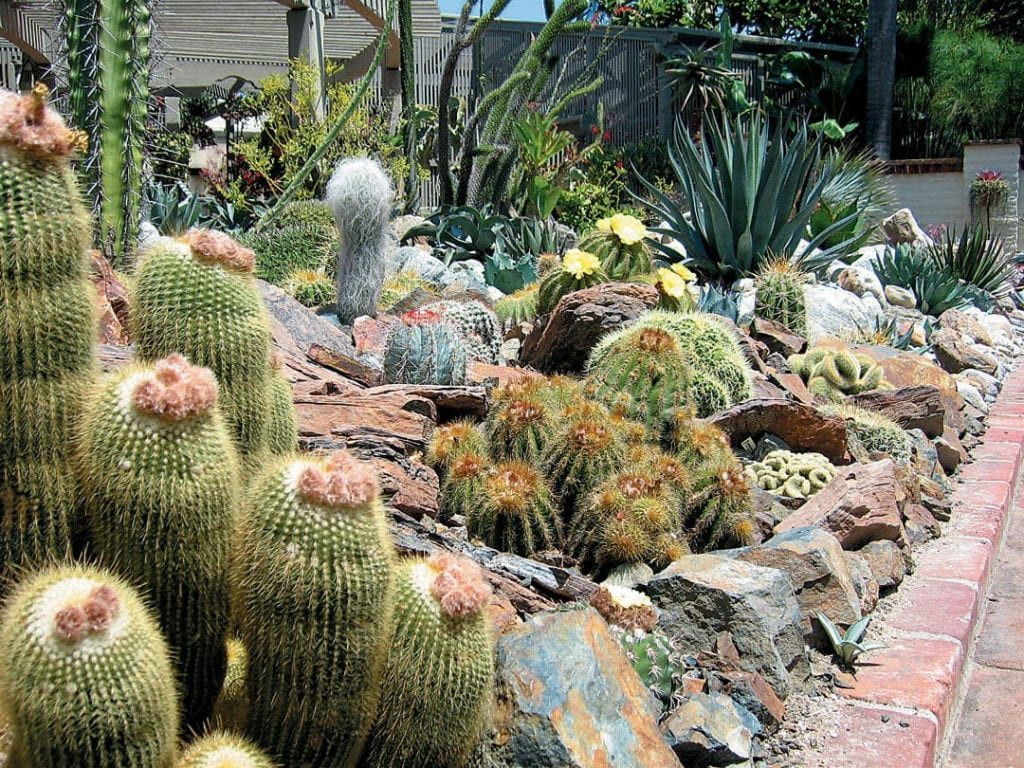
Imagine this strip of green space being used differently: rather than hostile and exclusive, imagine a small community garden perhaps, a place that provides community, food, and hope to those who may be struggling. These areas, although small, have so much potential to bring together and support communities. Sadly, we prefer to use plants as a method of exclusion. Although we know we are excluding people, our society does not want to be held accountable for these decisions. Those in charge of the building with hostile landscaping may likely feel that they are not at fault and rather they are making sustainable choices, saving water, and prioritizing California residents during the drought. With this example of hostile landscaping comes the discussion of the misuse of the term sustainability.
While it is great for our society and larger corporations to be implementing sustainable initiatives, we should not go throwing around the word loosely. While yes, drought tolerant plants present a sustainable solution to urban landscaping, the term sustainability does not extend solely to the environment. There are three pillars of sustainability: environmental, social, and economic. To be truly sustainable, urban landscaping must also address deeper societal issues such as homelessness. It is for this reason that hostile landscaping can never truly be sustainable. While one can argue these designs aid in addressing the California drought, ignoring the pressing societal issues surrounding community wellbeing and promoting exclusion of certain groups contradict the meaning of sustainability.
